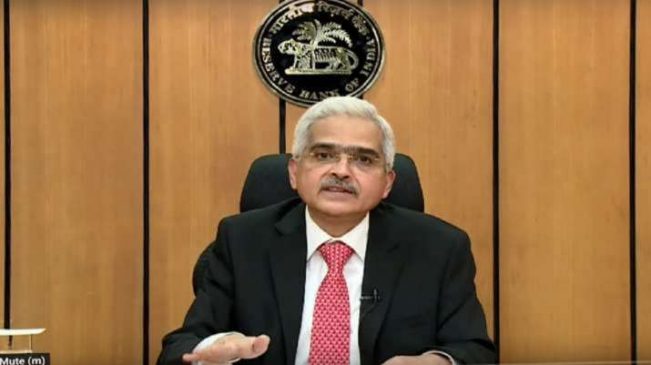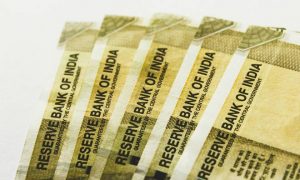The Reserve Bank of India (RBI) is urging banks in the country to boost savings deposit rates to pass on the benefits of higher interest rates to account holders. However, banks are displaying reluctance to adopt this plan.
Numerous banking sources revealed to news agency Reuters that lenders are not inclined to raise savings deposit rates to enhance their profit margins.
Although interest rates surged by more than 250 basis points last year as part of the RBI’s aggressive stance to counter rising inflation, savings deposit rates have remained relatively static, in contrast to the considerable increase in borrowing rates.
Savings accounts, which constitute a significant portion of total bank deposits, typically offer lower interest rates. The RBI is keen for banks to raise these rates to facilitate a more comprehensive transmission of monetary policy.
A source familiar with the matter, as cited by Reuters, mentioned that while a significant portion of interest rate transmission has occurred due to external benchmark lending rates, a small portion remains due to the still-low savings deposit rates.
Read More: GST, Stock Exchange Transaction Fee: Five Big Financial Changes to Come Into Effect From Nov 1
“A majority of interest rate transmission has transpired because of the external benchmark lending rate, but a small portion remains, as savings deposit rates are still low,” the source said.
It may be noted that public sector banks offer savings deposit interest rates ranging from 2.70 per cent to 4 per cent, while major private banks offer rates between 3 per cent and 4.50 per cent.
However, a high-ranking official from a private sector bank highlighted the substantial operational and technological costs associated with maintaining savings accounts, emphasising that even a modest increase of 20 to 25 basis points could have a broad impact on lenders.
“Even a 20 bps-25 bps increase would impact the entire book of lenders,” said the official, adding that “this could prove to be margin dilutive at this point”.
In its monetary policy report, the RBI noted that while term deposit rates have seen a more significant increase during the current tightening cycle compared to lending rates, savings deposit rates have remained largely unchanged.
This has contributed to a moderate rise in the overall cost of funds for banks and an increase in net interest margins, the RBI added in its report.
Read More: Google flags these two Samsung apps as harmful
The RBI has reportedly been encouraging banks during meetings to consider raising savings deposit rates and is prepared to push this initiative further if necessary.





































